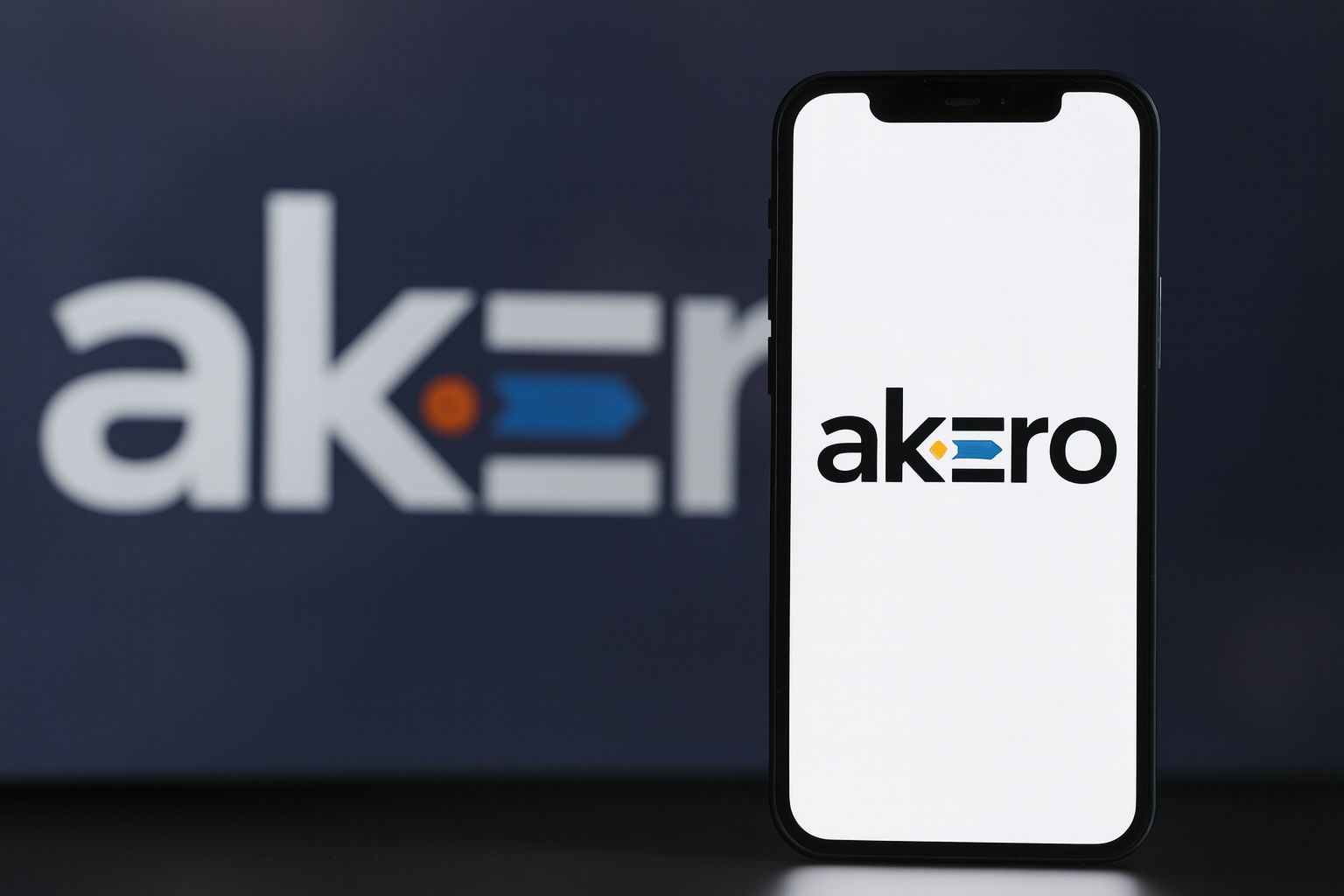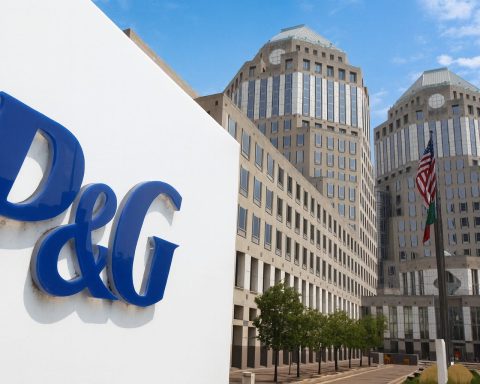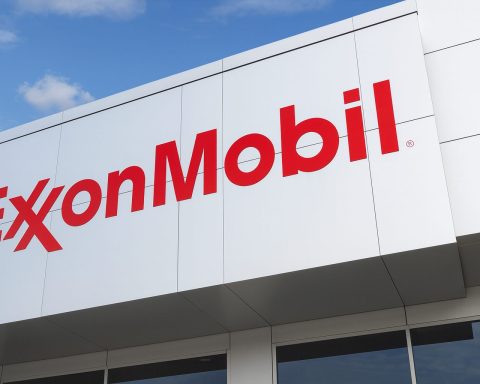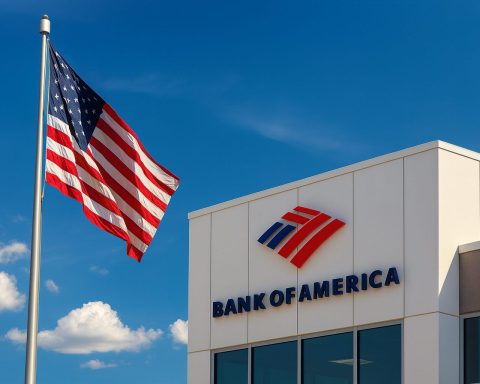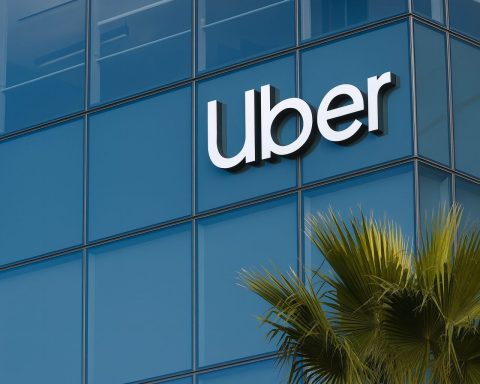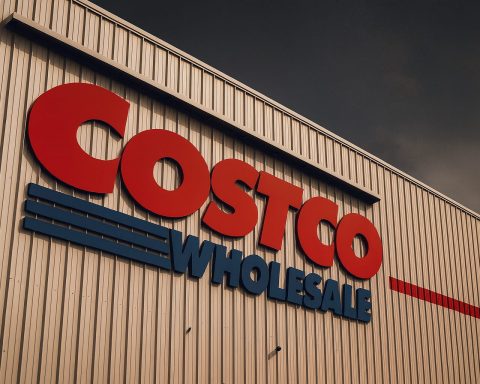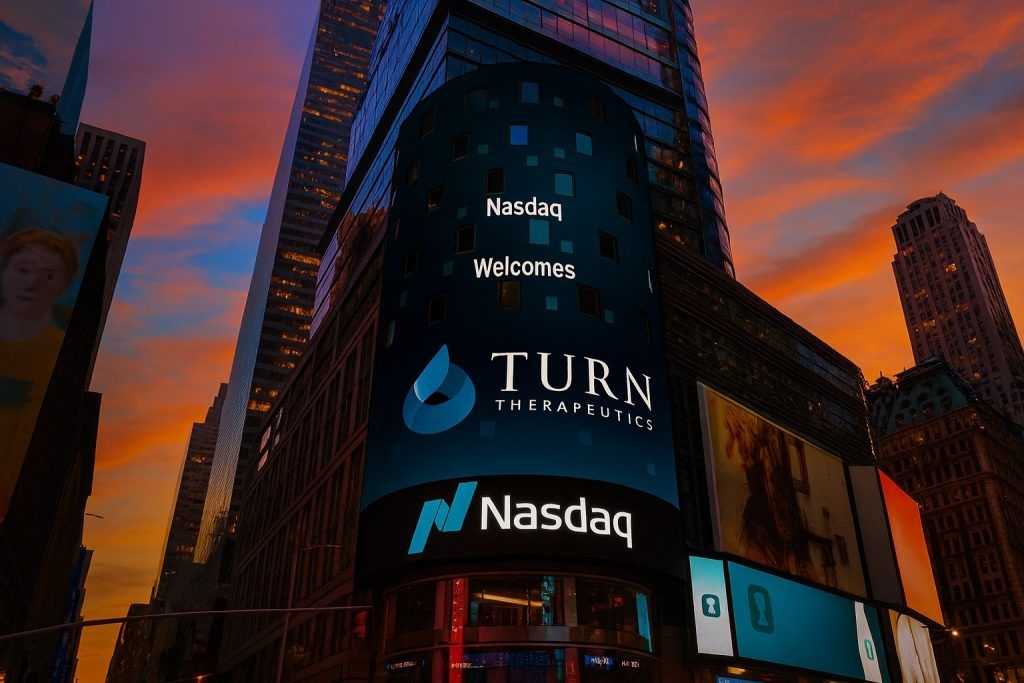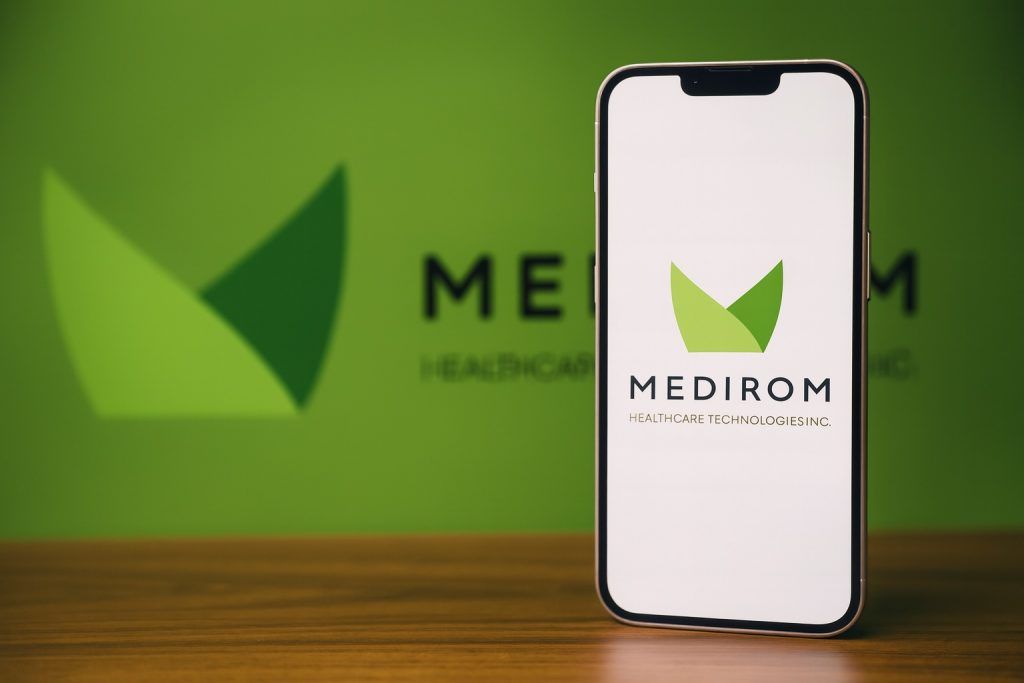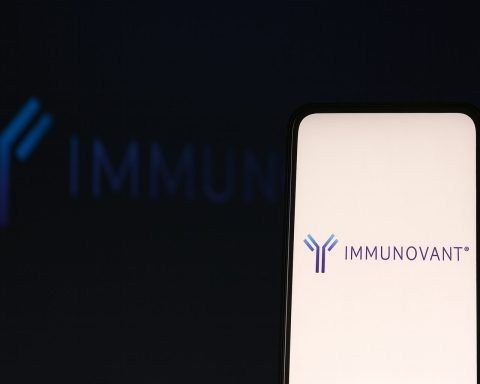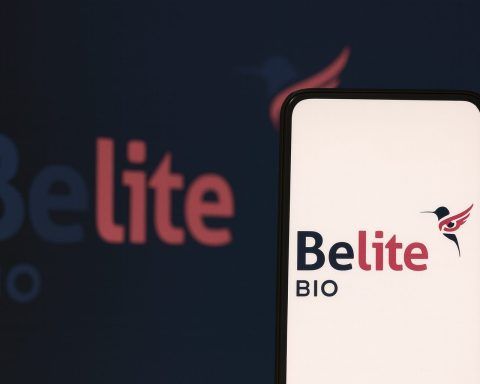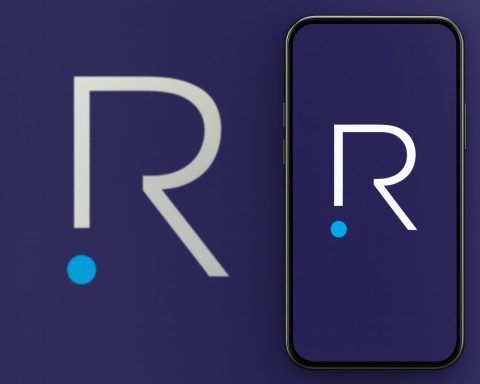- Stock Surges on Buyout News: Akero’s share price jumped nearly 19% to ~$55 on October 9, 2025 after Novo Nordisk announced a $5.2 billion acquisition deal (at $54/share + $6 contingent) [1]. The offer represents a ~16% premium to Akero’s prior close and sent the stock soaring to all-time highs near the offer price [2].
- Novo Nordisk Acquisition Details: Novo will pay $4.7B upfront in cash and an extra $6/share (~$500M) if Akero’s lead drug wins FDA approval by 2031 [3]. The buyout has board approval and is expected to close by late 2025 [4] [5], pending shareholder and regulatory OK.
- Lead Drug & Pipeline: Akero is a one-product biotech: efruxifermin (EFX), a Phase 3 FGF21 analog aimed at NASH/MASH (fatty liver disease). EFX has shown unprecedented fibrosis reversal in trials (75% of treated patients improved vs 24% on placebo) [6] and even reversed cirrhosis in some cases [7]. No other therapy has demonstrated such fibrosis regression in NASH [8].
- Massive Market, First Movers: NASH (aka MASH) afflicts ~17 million U.S. adults (~5% prevalence) [9]and had no approved medications until recently. Novo’s Wegovy (a GLP-1 obesity drug) became the first FDA-cleared therapy for MASH in Aug 2025 [10]. Competitor Madrigal’s resmetirom (brand Rezdiffra) also launched in early 2025, quickly generating $350 million in H1 sales [11]. Analysts call NASH the “next multibillion-dollar” pharma market [12] fueling intense deal-making.
- Analyst & Expert Bullishness: Prior to the buyout, 8 out of 9 analysts rated AKRO a Buy, with an average price target ~$77–81 (implying ~70% upside) [13] [14]. Jefferies projected EFX could hit $2–3 billion in annual sales if approved [15]. Novo’s CEO calls EFX a potential “cornerstone therapy” for fatty liver disease [16], and a Wolfe Research analyst says the field is at a “tipping point” where a leading NASH drug could top $5B+ in yearly sales [17].
- Trading & Technicals: AKRO stock doubled to record highs (~$57) in Jan 2025 after “transformational” mid-stage trial data [18] [19]. It then consolidated in the $40s before spiking on the Novo deal. As of Oct 8, AKRO traded around $46 with a $3.7B market cap, 52-week range $21.34–$58.40, and no debt [20] [21]. Momentum was strong – shares hovered near their 50-day average (~$47) with an RSI ~65 (nearing overbought) before the buyout [22]. Trading volume surged well above normal on the news as arbitrage investors moved in.
- Financial Health: Akero is pre-revenue (last quarter’s EPS –$0.86 beat estimates) [23] and a classic high-risk/high-reward biotech. The company held a hefty $1.09 billion cash reserve as of mid-2025, giving it a long runway for Phase 3 trials [24]. With only ~63 employees [25] and minimal debt, Akero has been directing funds into R&D (about $70M quarterly loss [26]). The rich buyout price (~$5B) suggests Novo is valuing Akero’s science far above its book value – essentially paying for EFX’s blockbuster potential, as the cash-adjusted enterprise value (~$3.7B) aligns with expected future sales if trials succeed [27].
- Competitive Landscape: Novo’s purchase of Akero ups the ante in the race to conquer NASH [28]. Pharma giants are in an arms race to combine weight-loss drugs + NASH therapies. Rival Eli Lilly (maker of Mounjaro) has shown encouraging GLP-1 results in NASH [29]. Roche recently agreed to buy Akero’s closest competitor 89bio (pegozafermin, another FGF21 analog) for up to $3.5B [30] [31]. Meanwhile, Madrigal Pharmaceuticals brought the first non-GLP1 NASH drug (resmetirom) to market, though its FDA journey was challenging [32]. No company has achieved a cure for NASH yet, so multiple approaches – GLP-1s, FGF21 analogs, thyroid agonists – may be used in combination. “Novo aims to dominate the fatty liver space by attacking the disease on multiple fronts,” notes Novo R&D chief Martin Lange [33].
- Novo’s Strategic Rationale: For Novo Nordisk – flush with obesity drug success – Akero’s EFX is a natural fit. Over 80% of NASH/MASH patients are overweight and ~40% have type-2 diabetes [34], overlapping Novo’s core areas. EFX’s ability to repair liver damage complements Novo’s GLP-1 drugs that reduce liver fat. Notably, a combo of EFX + semaglutide yielded a 65% drop in liver fat in 12 weeks (vs just 10% with GLP-1 alone), with 88% of patients achieving normal liver fat levels (vs 0% on GLP-1 alone) [35]. “Efruxifermin complements Novo Nordisk’s leading portfolio… there remains a huge need for effective options, especially in later stages [of NASH],” says Novo’s Lange [36]. By acquiring Akero, Novo can pair weight-loss and anti-fibrotic therapies to potentially deliver a one-two punch against fatty liver disease [37] [38].
- Latest News & Market Reaction:Novo Nordisk’s $5.2B Bet: On Oct 9, Novo Nordisk confirmed it will acquire Akero for $54/share in cash plus a $6/share CVR, valuing the deal at up to $5.2B [39] [40]. Akero’s stock soared ~20% on the news, closing just below the offer price (signaling investor confidence in deal closure) [41] [42]. Novo’s own shares dipped ~2% initially [43] as investors weighed the hefty price tag. Novo expects the acquisition to slightly raise R&D costs in 2026 (+3% to op. profit growth) but said 2025 earnings guidance is unaffected [44] [45]. Both companies’ boards have unanimously approved the transaction, with closing targeted by end-of-year 2025 [46]. The deal marks Novo’s first major move by new CEO Mike Doustdar, who took the helm in July and promptly announced 9,000 job cuts to refocus on core metabolic areas [47] [48]. Doustdar emphasized the buyout aligns perfectly with Novo’s strategy to expand in obesity-linked diseases rather than unrelated areas. “This acquisition embodies Novo Nordisk’s relentless ambition to move faster, go further,” he proclaimed [49], framing EFX as a potential “first- and best-in-class” NASH therapy [50].
- Legal & Shareholder Perspectives: In the wake of the announcement, at least one investor rights firm (Halper Sadeh LLC) opened an inquiry into whether Akero’s board secured the best price for shareholders [51] [52]. The firm notes the ~$54 offer was at a 19% premium to 30-day VWAP (and ~42% above Akero’s price in May) [53], but some analysts had much higher long-term targets. This kind of legal scrutiny is common after buyouts – essentially probing if the $5.2B valuation undervalues Akero’s pipeline. Given Wall Street’s prior ~$80 consensus target [54], a few investors may feel $54 plus a future CVR is modest. However, many view the deal as a fair exit in a risky biotech – locking in a large gain and offloading the Phase 3 execution risk to Novo. Akero’s stock was already up ~92% year-on-year as of Oct 9 [55], reflecting optimism around EFX. The buyout crystallizes those gains in cash. Unless a rival bidder emerges (considered unlikely since most logical buyers have made their moves), AKRO shares are expected to trade near the $54 level into year-end, with slight discounts reflecting time-to-close and any deal uncertainty.
- Fundamental Analysis – “All-In” on EFX: Akero’s business model has been singularly focused on advancing EFX, which it licensed from Amgen [56]. The company has no revenue streams yet, making it essentially a bet on one drug’s success. This high concentration risk is typical for clinical-stage biotechs. The upside is also high: EFX’s Phase 2b HARMONY trial not only hit endpoints but showed actual disease reversal [57], a holy grail in NASH. Such results attracted partnerships (even Pfizer invested in Akero via a $25M financing [58]) and multiple Buy ratings despite lack of earnings [59]. Financially, Akero’s ~$1.1B cash hoard (bolstered by equity raises when the stock spiked) meant it was well-funded through Phase 3. Its cash burn (≈$160M free cash flow negative annually [60] [61]) was manageable with that war chest. The balance sheet strength is evident in a current ratio of 12.6 and negligible debt [62]. In short, Akero had the means to go it alone for a while – but the Novo offer de-risks the journey for shareholders by providing a big upfront payday. From Novo’s perspective, the valuation (~$5B) can be justified if EFX becomes a multi-billion dollar product; if the drug fails in Phase 3, Novo has the financial heft to absorb the loss (and Akero’s cash offsets some cost). This risk-reward tradeoff – hallmark of biotech fundamentals – moved in favor of Akero’s investors through the acquisition.
- Technical Analysis – Charting the Ride: Technically, AKRO’s chart reflects its binary-event nature. The stock exploded from the low-$20s to nearly $60 in January 2025 on breakthrough trial news [63] [64], peaking at $58.40 (all-time high on Jan 27, 2025) [65]. It then pulled back as traders took profits – settling into a mid-$40s trading range through mid-2025. Notably, shares showed strong support around the mid-$40 level (also roughly the 200-day moving average ~$46). Each time bullish catalysts emerged (e.g. positive journal publications or competitor M&A rumors), AKRO saw upticks, but resistance around $55 held – until the buyout. By early October, momentum indicators were turning bullish: the stock’s 50-day MA (~$47) had flattened, and AKRO was trading slightly below that, suggesting consolidation. The Relative Strength Index (~65) signaled emerging strength but not extreme overbought conditions [66]. On Oct 9, the Novo news caused a technical breakout – shares gapped up to ~$53–55, blowing past any recent resistance to align with the offer price. This kind of gap on record volume creates a new baseline; going forward, the stock will likely hover just under $54 (reflecting the assured cash value) unless deal conditions change. Traditional technical analysis (trendlines, oscillators) becomes less relevant in a merger-arb scenario, as AKRO’s price is now anchored by the buyout value rather than fundamentals or chart patterns. One technical note: volatility will compress post-news – AKRO’s 14.9% historical volatility [67] and beta ~0.5 may drop as the stock trades more like a quasi-bond yield at $54. In sum, the big technical move has already occurred – delivering longs a decisive victory – and further price action should be minimal barring a surprise counter-offer or market-wide shock.
- Near-Term Outlook: In the immediate term, Akero’s stock is expected to remain stable in the low-$50s. Shareholders as of the record date will ultimately receive $54 in cash per share when the deal closes (likely in Q4 2025 or early 2026) [68], plus the right to an additional $6/share if EFX gets approved by June 2031 [69] [70]. Given the current lack of competing bids, upside beyond $54 would require speculation that another suitor (for instance, Lilly or Gilead) might swoop in. So far, no such talks are public, and Novo appears to have a strategic lock on Akero’s value. The key near-term events will be shareholder vote and regulatory clearance – neither is expected to pose major hurdles (Akero is a small add-on for Novo in a disease Novo isn’t dominant in yet, so antitrust concerns are low). Shareholder approval is likely given the premium and the unanimous board endorsement. One slight wrinkle: arbitrage traders will watch any NASH trial updates from Akero in the interim. While Phase 3 data isn’t due until 2026, any safety signals or delays could, in theory, affect perception of the $6 CVR’s achievability (and thus Akero’s trading price). Conversely, smooth progress in trials will make that contingent payout seem more attainable (though its long-dated nature means it isn’t heavily factored into the current price). For Novo Nordisk investors, near-term focus shifts to integration plans – Novo has said 2025 profits won’t be hit [71], but R&D spend will rise as it takes on Akero’s trials [72]. Overall, the next few months for AKRO are about closing the deal – a relatively quiet period compared to the volatility of the past year.
- Long-Term Outlook & Forecasts: Looking further out, the big question is EFX’s ultimate fate. Novo is betting that by 2026–2027, efruxifermin will prove itself in Phase 3 (SYNCHRONY trials) and earn FDA approval – potentially making it the first therapy to reverse NASH fibrosis, not just slow it [73]. If all goes well, Novo could launch EFX by 2027–2028, possibly in combination with Wegovy, aiming to set a new standard of care [74]. Analysts at Jefferies estimate EFX could reach $2–3B in peak annual sales [75] (around late-2020s), which would more than justify Novo’s investment. In that bullish scenario (drug approval + hitting milestones), Akero’s former shareholders would also get the $6 CVR by 2031 – effectively raising their total payout to $60/share. Some analysts, prior to the merger, projected even higher standalone outcomes: price targets ranged up to $109 in bull cases [76], envisioning Akero as a dominant NASH player partnering with big pharma. Under Novo’s roof, that upside will translate into Novo’s stock rather than AKRO – meaning Akero investors may miss out on the multi-bagger potential if EFX truly conquers the market. However, they’ve also avoided the existential downside: if EFX’s Phase 3 were to fail or show safety issues (a known risk, as some past NASH drugs hit liver safety roadblocks [77]), Akero’s stock would likely have collapsed. The buyout essentially caps the risk and reward. For long-term oriented investors bullish on NASH, one could now look at Novo Nordisk (NVO) as a way to ride EFX’s success, or at peers like Madrigal and smaller NASH biotechs which could become the “next Akero.” Indeed, the M&A wave may continue – Lilly, Pfizer, Gilead and others could target remaining NASH contenders if initial drugs like EFX and resmetirom prove clinical and commercial viability. The entire sector is at an inflection point: “The field has reached a meaningful tipping point as the first therapies emerge,” says Wolfe’s Andy Chen [78]. Over the next 2–3 years, investors will learn whether Novo’s $5.2B gamble pays off in a breakthrough cure for fatty liver disease – or whether unforeseen challenges lie ahead on the road to a NASH treatment revolution. In the meantime, Akero’s story stands as a case study in biotech: high risk yielding high reward, as a small company’s moonshot science attracted a deep-pocketed pharma to carry it across the finish line.
Sources: Akero Therapeutics investor materials; Novo Nordisk press statements; Reuters, TS2.tech and FierceBiotechnews reports [79] [80] [81]; MarketBeat and DirectorsTalk analyst surveys [82] [83]; Economic Times deal summary [84] [85]; Business Wire legal alert [86] [87]; and TradingView market data [88] [89].
References
1. ts2.tech, 2. ts2.tech, 3. ts2.tech, 4. economictimes.indiatimes.com, 5. economictimes.indiatimes.com, 6. ts2.tech, 7. ts2.tech, 8. ts2.tech, 9. ts2.tech, 10. ts2.tech, 11. www.fiercebiotech.com, 12. ts2.tech, 13. www.marketbeat.com, 14. www.directorstalkinterviews.com, 15. ts2.tech, 16. www.fiercebiotech.com, 17. ts2.tech, 18. www.fiercebiotech.com, 19. www.fiercebiotech.com, 20. www.marketbeat.com, 21. www.marketbeat.com, 22. www.directorstalkinterviews.com, 23. www.marketbeat.com, 24. www.marketbeat.com, 25. www.tradingview.com, 26. www.tradingview.com, 27. ts2.tech, 28. ts2.tech, 29. ts2.tech, 30. www.reuters.com, 31. www.reuters.com, 32. ts2.tech, 33. ts2.tech, 34. ts2.tech, 35. ts2.tech, 36. ts2.tech, 37. ts2.tech, 38. ts2.tech, 39. economictimes.indiatimes.com, 40. economictimes.indiatimes.com, 41. economictimes.indiatimes.com, 42. economictimes.indiatimes.com, 43. economictimes.indiatimes.com, 44. economictimes.indiatimes.com, 45. economictimes.indiatimes.com, 46. economictimes.indiatimes.com, 47. www.reuters.com, 48. www.reuters.com, 49. ts2.tech, 50. ts2.tech, 51. www.businesswire.com, 52. www.businesswire.com, 53. www.stocktitan.net, 54. www.marketbeat.com, 55. www.tradingview.com, 56. akerotx.com, 57. ts2.tech, 58. www.biospace.com, 59. www.marketbeat.com, 60. www.directorstalkinterviews.com, 61. www.directorstalkinterviews.com, 62. www.marketbeat.com, 63. www.fiercebiotech.com, 64. www.fiercebiotech.com, 65. www.marketbeat.com, 66. www.directorstalkinterviews.com, 67. www.tradingview.com, 68. economictimes.indiatimes.com, 69. economictimes.indiatimes.com, 70. economictimes.indiatimes.com, 71. economictimes.indiatimes.com, 72. economictimes.indiatimes.com, 73. ts2.tech, 74. ts2.tech, 75. ts2.tech, 76. www.tradingview.com, 77. ts2.tech, 78. ts2.tech, 79. ts2.tech, 80. ts2.tech, 81. www.fiercebiotech.com, 82. www.marketbeat.com, 83. www.directorstalkinterviews.com, 84. economictimes.indiatimes.com, 85. economictimes.indiatimes.com, 86. www.businesswire.com, 87. www.businesswire.com, 88. www.marketbeat.com, 89. www.tradingview.com
